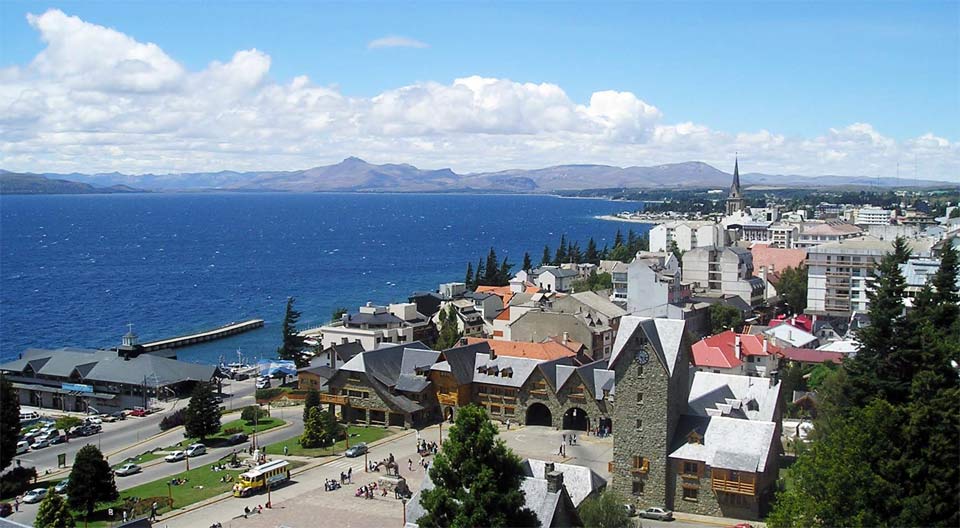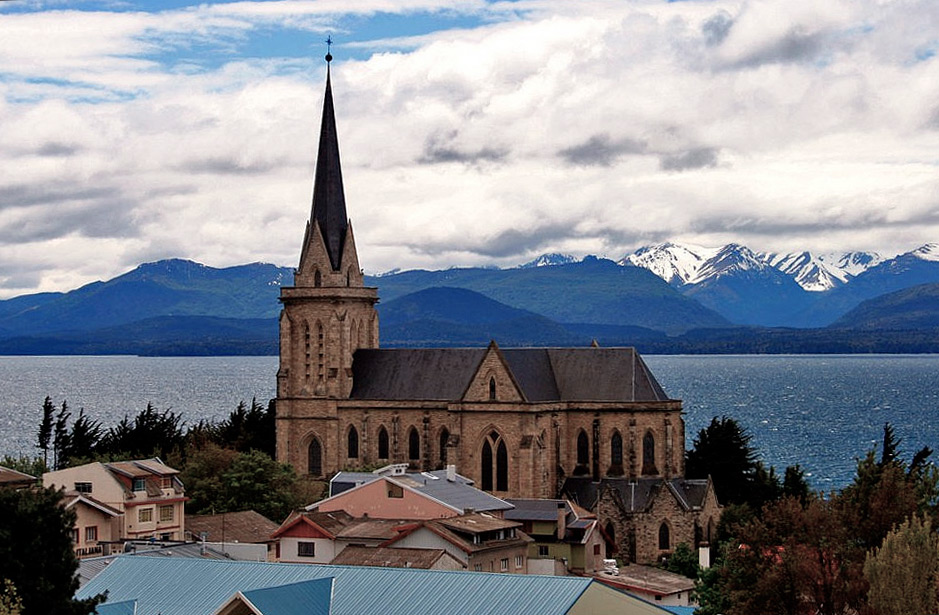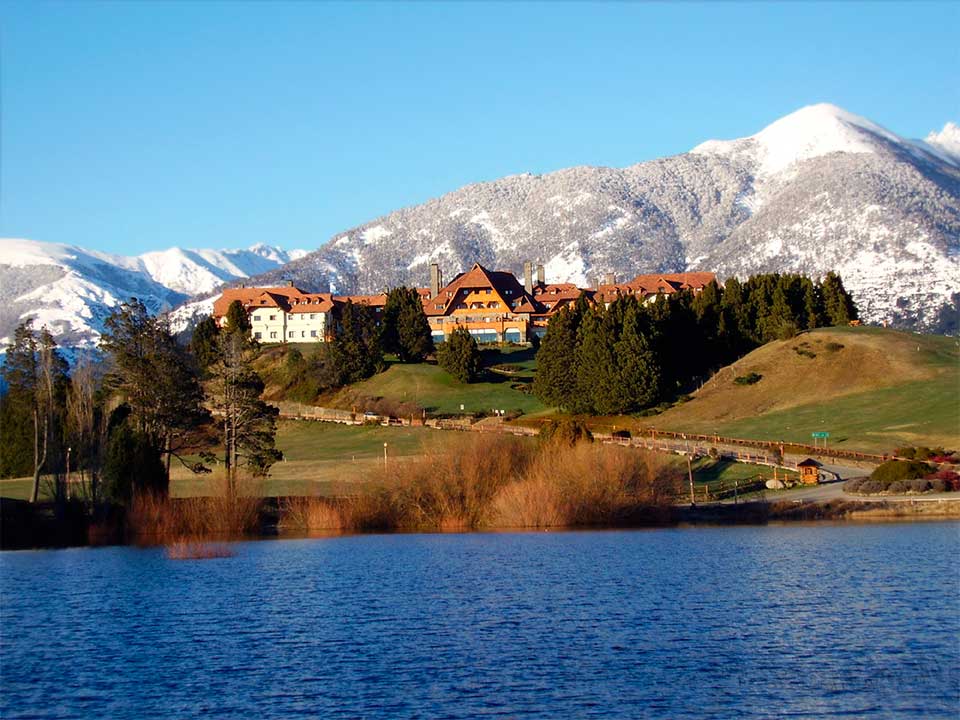HISTORY OF SAN CARLOS DE BARILOCHE
The first inhabitants of Bariloche were part of the Mapuche people and the first expeditions were missionaries who came from Chile. Subsequently, in 1881 the Argentine military campaign arrived in the territory, but who came to live there were immigrants who established a dynamic economic activity with Chile.
In honor of one of them, Carlos Widerhold, the city was called San Carlos de Bariloche. It was officially founded in 1902. In 1934 with the arrival of the railroad, Bariloche expanded its trade with the rest of Argentina.
Because of the complicated geography of the sector, in Bariloche ranches that supplied agricultural products to the cities including wheat fields were developed.
Also during the early years of the city, the belief of the Nahuelito was established which is a mythological creature believed to inhabit the waters of Lake Nahuel Huapi and was supposed to be a survivor of the dinosaur age, but despite searches performed. It has not been identified.
In 1934 the Nahuel Huapi National Park and the end of that time the Complejo Civico was created as well as the Cathedral church of the city. The first winter activities were also developed in the Otto hill. It is in this period that the tourist development of the city began, which is currently the most important activity in Bariloche.


